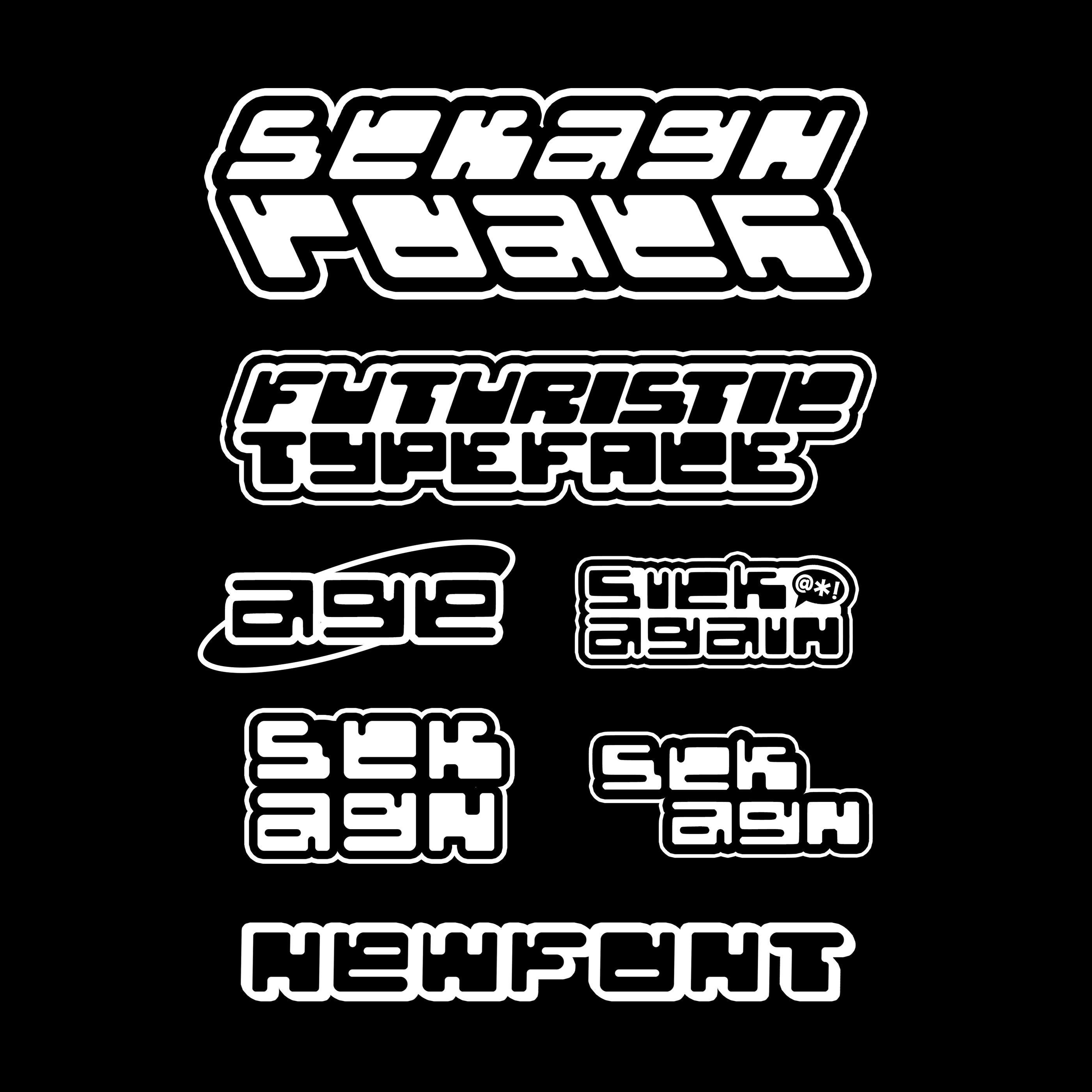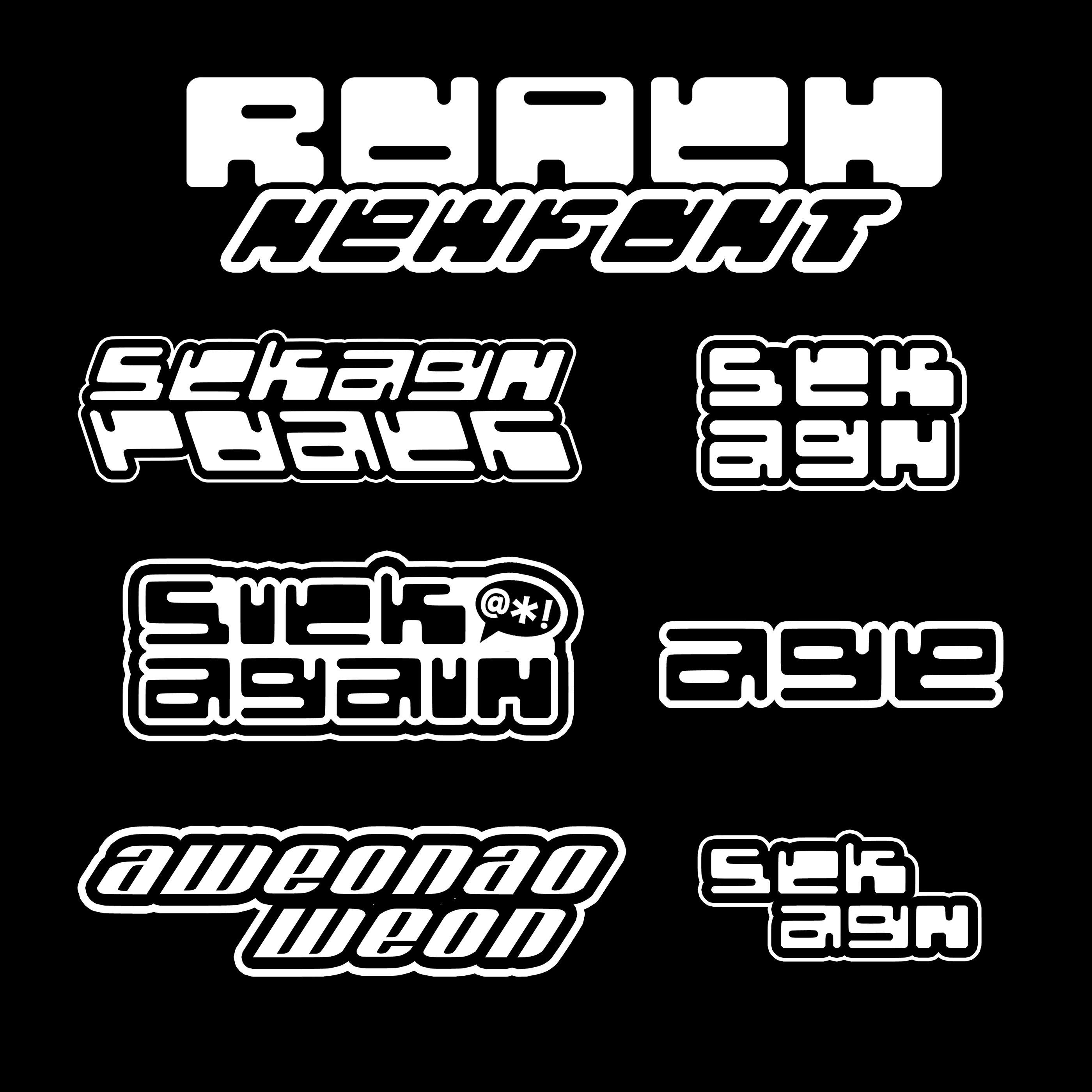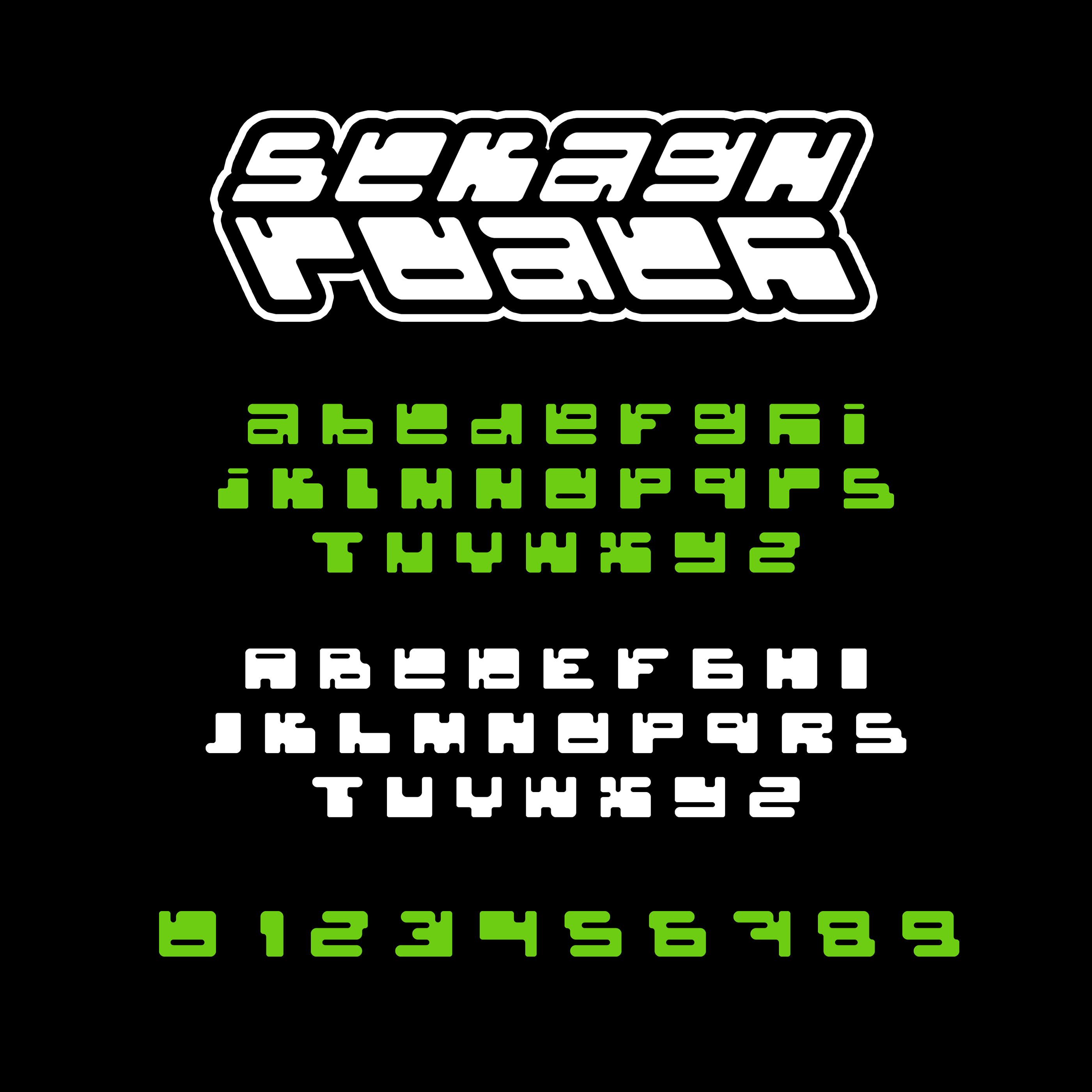
Welcome to the nostalgic world of Y2K font! As we revisit the turn of the century, we can't help but feel a sense of excitement and curiosity about the fonts that defined that era. From bold and futuristic designs to quirky and playful styles, Y2K font encapsulated the spirit of the time. In this article, we will explore the origins, characteristics, and enduring popularity of Y2K font.
The Y2K Phenomenon

The year 2000 marked not only the start of a new millennium but also the much-feared Y2K bug. As the world prepared for potential computer glitches, designers began embracing futuristic aesthetics, including Y2K font. This unique typographic style became synonymous with the turn of the century, representing a bridge between the past and the future.
Characteristics of Y2K Font

Y2K font boasted various characteristics that set it apart from previous typographic styles. One prominent feature was its bold and exaggerated letterforms, often with sharp edges and geometric shapes. These design elements aimed to convey a sense of modernity, technology, and innovation.
Moreover, Y2K font frequently incorporated vibrant and eye-catching colors, reflecting the exuberance of the era. Neon greens, electric blues, and intense purples were commonly used to make text pop and grab attention. This visual style perfectly complemented the bright and flashy designs prevalent in the early 2000s.
Popular Y2K Fonts

Several Y2K fonts gained significant popularity during that time, and some continue to be cherished by designers and enthusiasts today. Let's explore a few notable examples:
1. Impact

Impact, a sans-serif typeface, quickly became an emblem of Y2K aesthetics. Its bold and heavy letterforms made it perfect for attention-grabbing headlines, posters, and advertisements. Impact's widespread usage contributed to its association with the turn of the century.
2. Verdana

Verdana, designed by Matthew Carter, gained popularity during the Y2K era due to its clarity and readability on screens. This sans-serif font was widely used in websites and digital interfaces, reflecting the increasing presence of technology in our lives.
3. Mistral

Mistral, a script font with a handwritten appearance, captured the playful and whimsical side of Y2K design. Its flowing and dynamic letterforms added a touch of personality to various projects, such as invitations, greeting cards, and branding.
The Enduring Popularity of Y2K Font

While the Y2K era may have come to an end, its fonts continue to resonate with designers seeking a nostalgic touch or a futuristic vibe. The boldness and distinctiveness of Y2K font make it an attractive choice for various creative projects, particularly those aiming to evoke a sense of retro-futurism.
Whether it's for posters, album covers, or social media graphics, Y2K font adds a unique flair that instantly transports viewers back to the early 2000s. Its enduring popularity proves that some trends never truly go out of style.
Conclusion
Y2K font represents an iconic era in design history, capturing the excitement and optimism of the turn of the century. Its bold and futuristic characteristics, along with its association with the Y2K phenomenon, make it a sought-after typographic style even today. So, if you're feeling nostalgic or aiming to create a visually striking design, don't hesitate to embrace the charm of Y2K font!